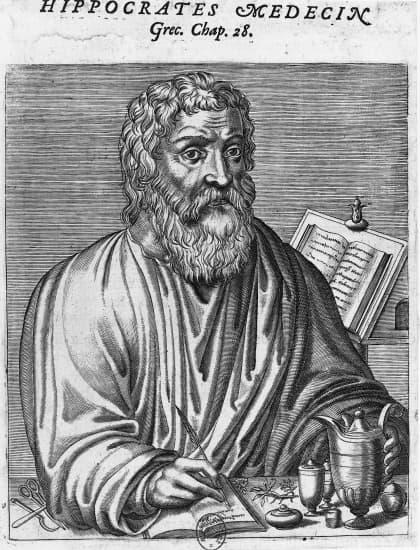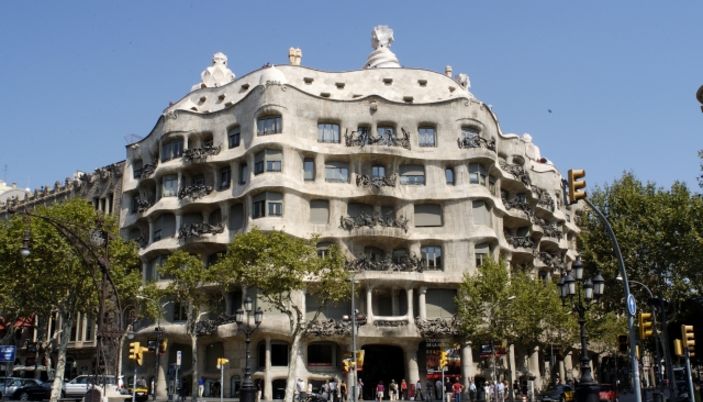Thanks to the work of the historians, we know that Romain was more moved forward regarding medicine than we could believe it.
In Rome, there were several types different from doctors, specialized in tasks or different parts of the body and having neither the same qualifications nor the same place in the hierarchy. The medical techniques used by the Roman doctors were very sophisticated in numerous domains.
Our knowledge about the medicine of this period are moreover strongly built on the objects which we drilled up to date in Roman archeological sites and which say length on the doctors who used them.
Because the medicine was a part of the everyday life of the Roman people, these people worshiped gods specific to the medicine, gods who possessed their particular legends.
As soon as the medicine spread in Roman Empire, it was necessary to regulate the profession: there were thus laws planned to allow the justice to cut in several situations in touch with the medicine.
But before explain, a little of history...
Since its birth, the Roman people use the medicine. But this medicine, traditional, is based on vague faiths and strange recipes rather than on the scientific truths, what makes it almost always ineffective. It is practised by quacks. At the same moment, the Greek medicine is very developed and follows scientific principles inspired by the researches for Hippocrates and by others.
But it is going to change the end of the IIIth century b. J.C. Indeed, competent doctors, all of Greek origin, make their appearance in Rome, what is one of the facets of the movement of the Hellenism (Greek civilization having settled down in a foreign country in Greece, here Ancient Rome).
The first one who left his track is the deprived doctor Archagathus, of Sparta, in 219 b. J.C. Already, traditionalists, whom famous Cato the Elder, rebel (Cato is an ancient consul appointed supreme a magistrate and Roman writer been born in 234 b. J.C. and died in 149 b. J.C. It is known for its traditionalism, its refusal of the Hellenism, but also for its treaty of agriculture ).
However, more and more doctors settle down, and the medicine eventually spreads almost everywhere
Nevertheless, it is only at the beginning of Ier century b. J.C. that is established the first school (private) of medicine in Rome. It is Asclepiades of Bithynia's work. The first official school of medicine, or scola medicorum, as for it, will be created in 14 af. J.C. at the end of the reign of the Emperor Augustus (63 b. J.C.-14 af. J.C.). Cornelius Celsus, the only one Roman of origin to have left a real imprint in the medical, brilliant domain by its objectivity and its common sense, writes at that time the biggest treaty of medicine of the Roman antiquity named de re medica, drafted in Latin, recapitulating all the knowledge medical - surgical accumulated since the works of Hippocrates.
This work also establishes bases of Latin scientific terminology (all terms associated to a notion). It will be the first one handled with medicine to be printed in 1478.
The Emperor Augustus decides during its reign to join doctors to all the military trainings: they are medici castrenses. At about II th century, the State decides to create a system of social work: so, he sets up hospitals where public doctors, paid by the state itself, provide medical care free in the most deprived. Imperial doctors also exist.
In the IIth century, Claudius Galen's works, generally considered as the biggest Roman doctor, as well as his papers, revolutionize the medicine and the pharmacy.
Not less than 500 works were written by the hand
The IVth century sees the State trying to regulate the profession of doctor: since the access of the doctors foreign to the citizenship under Julius Caesar, their rights were excessive. So, its establishes a hierarchy between the doctors. This system continues until the fall of Roman Empire.
Different types of doctor
In the Roman society, several sorts of doctors live, which distinguish themselves by their speciality and\or by the status of the patients after which they look.
- The general practitioner is the most wide-spread: it is capable of establishing a diagnosis for any disease and has as its name indicates it general medical knowledge of all the possible affections.
- The Roman surgeon exists: he treats the patients by operating them manually by using surgical instruments. The surgery is extremely developed at this moment by the History
- The ophthalmologist, the specialist of the affections of eyes. He uses eye drops (generally liquid medicine, applied to eyes to handle certain problems of eyes or eyelids). Uses of the corrective glasses is still unknown.
- The dentist can look after caries and put false teeth as bridges. The dentistry is even closer to what we know today that the other specialities in Rome.
The medicine by herbs is very used by Romain. The itinerant doctors sell remedies and creams with herbs as the fennel, the parsley, the sage, the rosemary...
There are some more other specialities.
The types of doctors by type of patients
The Roman doctors can also differ according to their patients.
- The public doctors are taken care by the Roman State. They can look after whoever who appears at them, just like our modern public hospitals. They preside in cities and their number is limited by Antonine's laws Pickets. Some preside in Aesculapia, places dedicated to the medicine and endowed with medical equipments, but also with thermal baths, with temples …
Most of the Roman doctors are slaves or emancipated slaves (the latter are more estimated for important characters) and are native of Greece or surrounding regions. There are also itinerant doctors: these characters are named circulatores in Latin. As their name indicates it, they move of city in town, in the big gatherings of crowd generally, to sell medicine in the form of herbs, of creams … Because of the ineffectiveness of most of these remedies, this type of doctors is badly considered: we qualify them as quacks.
To be continued for the Part 2.






















